The biggest fandom in the world has been up for debate for quite a long time. From late Michael Jackson to Harry Potter and even BTS, all these giants are competing for who owns the largest fan base.
While there is no official calculation, we estimate by the digital presence across all social media platforms to estimate the biggest fanbase in the world.
Who Is The Biggest Fandom In The World of 2025?
Harry Potter stands as the franchise with the largest global fan base, boasting hundreds of millions of dedicated “Potterheads” worldwide. The phenomenon began with J.K. Rowling’s first novel in 1997, coinciding with the early days of the internet, allowing fans to connect globally for the first time.

This timing created the perfect storm for fandom growth, and the beloved characters and universal themes of friendship and belonging resonated across cultures. At the same time, digital platforms enabled huge community-building that traditional fan groups never experienced.
Which Is The Most Powerful Fandom In The World?
As of 2025, BTS ARMY is the most powerful fandom in the world. When we say powerful, we don’t just talk about breaking records. Well, ARMYs are known for smashing records, so their boys continue to break history. But there’s more to the story.
BTS fans, ARMYs, have also been a powerful force for the group. They don’t just work hard on streaming, but also do plenty of good causes, like donations during COVID. The ultimate power this fandom holds is commendable.
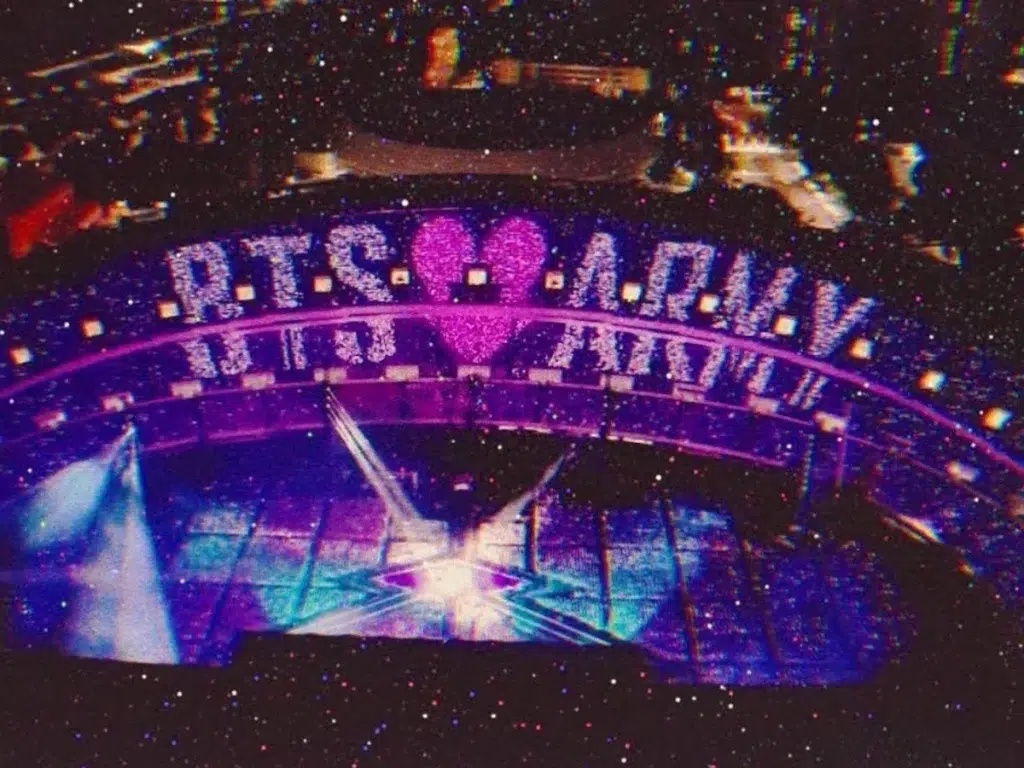
Editor’s note: While there is no official count for the number of fans or followers, the debate of the biggest fanbase still remains prevalent. For this list, we tried to incorporate the number of followers across all platforms, the impact of the fanbase, the overall community, and other factors. Remember, this is just our list, and your or others’ opinions will vary. Either way, feel free to drop your opinions, so we can always improve our ranking systems.♥️
Top 10 Biggest Fandom In The World (2025)
Fan communities have influence across entertainment, sports, and culture. These dedicated groups don’t just consume content; they create movements, drive economies, and shape the cultural conversation.
Here are the ten most influential fan bases globally, ranked by their cultural impact, economic power, and overall reach.
| Rank | Fandom | Associated With |
|---|---|---|
| 1 | Potterheads | Harry Potter |
| 2 | Warsies | Star Wars |
| 3 | ARMY | BTS |
| 4 | Swifties | Taylor Swift |
| 5 | F.R.I.E.N.D.S fans | F.R.I.E.N.D.S |
| 6 | Sherlockians | Sherlock Holmes |
| 7 | Thronies | Game of Thrones |
| 8 | Fanpires | Lady Gaga |
| 9 | Whovians | Japanese Animation |
| 10 | Marvelites | Gaming Culture |
Each of these popular fandoms represents more than just entertainment preferences; they’re cultural movements with a global influence.
Let’s discuss each of the biggest fan bases in the world in detail:
1. Potterheads (Harry Potter)
Potterheads have created one of history’s most devoted fan bases since the release of the first book in 1997. This community has produced extensive fan fiction archives, convention circuits, and themed experiences worldwide. Their influence helped create the YA fiction boom and transform theme park experiences with the Wizarding World attractions.

Despite controversial statements from creator J.K. Rowling, the fandom continues evolving independently, demonstrating ownership over the fictional universe beyond its original creator through charitable organizations like the Harry Potter Alliance.
2. Warsies (Star Wars)
Star Wars fandom has sustained passionate engagement across five decades, pioneering modern fan conventions and collectibles markets. Their iconic slogan, “May the force be with you,” has been in mainstream culture, becoming recognizable worldwide.

This community bridges generational gaps by allowing parents to share beloved characters and storylines with their children. Their dedication extends to elaborate cosplay organizations, such as the 501st Legion, which performs charitable work worldwide while maintaining an extraordinary attention to costume accuracy and detail.
3. ARMY (BTS)
BTS’s ARMY (Adorable Representative MC for Youth) represents a revolution in fandom organization and impact. Beyond music consumption, they’ve coordinated humanitarian initiatives matching BTS’s $1 million Black Lives Matter donation within 24 hours and funding forest conservation projects worldwide.

The fandom symbolizes an unbreakable bond with the group, demonstrating unprecedented global coordination that has had a significant impact on South Korea’s economy and international diplomatic relations. if you are also a BTS fan then check out the BTS 2025 tour schedule to see where your favorite singers are performing this year.
4. Swifties (Taylor Swift)
Swifties are Taylor Swift’s superfans, lauded for decoding her “Easter eggs,” hosting fan-theory forums, and sustaining her through genre shifts and public controversies.
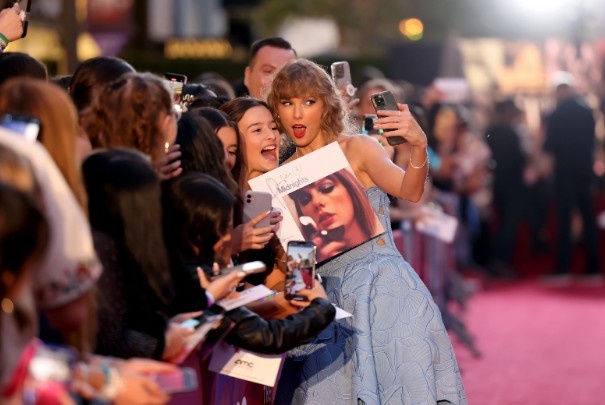
This community’s intense engagement, stream raids on release day, political advocacy around Ticketmaster reforms, and fundraising, has made them a formidable cultural force. Academics study them for their “fanilect” language and collective effervescence, while media credit them with redefining artist–fan intimacy.
That same energy is reflected in the enduring popularity of Taylor Swift’s music, especially when you look at her most streamed Taylor swift songs.
5. F.R.I.E.N.D.S fans (F.R.I.E.N.D.S)
F.R.I.E.N.D.S supporters have transformed a 10-year sitcom into a multi-generational cultural phenomenon. The series continues to attract new viewers through streaming platforms, more than 25 years after its premiere. Fans can recite dialogue verbatim, celebrate annual themed parties, and visit real-world recreations of Central Perk worldwide.
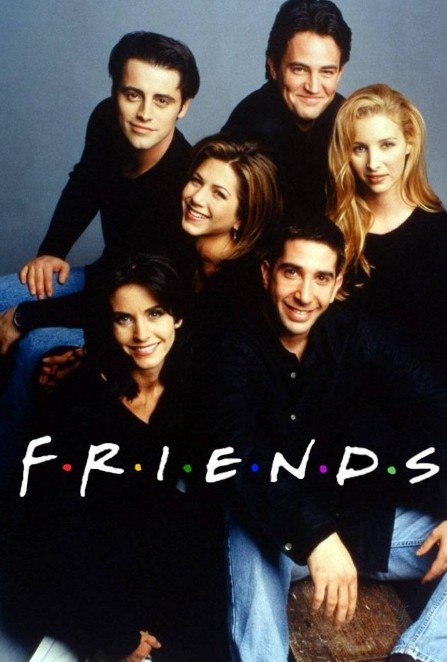
Their dedication generated a reunion special that became a global event, demonstrating how television fandom can transcend its original broadcast period to become an enduring cultural touchstone across decades.
6. Sherlockians (Sherlock Holmes)
Sherlockians represent literature’s most enduring fandom, active since the original 19th-century publications of Arthur Conan Doyle. These enthusiasts engage in scholarly discussions that analyze the detective’s methods while collecting extensive memorabilia spanning numerous adaptations.

Many participate in societies like the Baker Street Irregulars, which treat Holmes as a historical figure rather than a fictional character. Their dedication has inspired continuous reinterpretations across media, keeping Holmes relevant through three centuries, with passionate fans debating the minutiae of cases written over 130 years ago.
7. Thronies (Game of Thrones)
Game of Thrones fans transformed George R.R. Martin’s complex novels into a global television phenomenon that redefined the scale of production and narrative ambition and gave us the most hated TV characters of all time. Thronies demonstrate exceptional engagement through detailed theory crafting, intense discussion of political allegories, and memorization of elaborate fictional genealogies and histories.

Their community spans casual viewers to dedicated scholars analyzing medieval inspirations behind the fantasy world. Despite the controversy surrounding their final seasons, the fandom remains engaged through prequels, sequels, and continued analysis of the narrative’s cultural significance.
8. Fanpires (Twilight)
Twilight enthusiasts created unprecedented teen fiction hysteria that transcended into mainstream cultural impact. These predominantly female fans, self-named “Fanpires,” drove global book sales to exceed 120 million copies and box office revenues to surpass $3.3 billion.

Their passionate “Team Edward” versus “Team Jacob” debates penetrated popular consciousness beyond the fandom. Despite frequent criticism and mockery, the community maintained unwavering loyalty, demonstrating how young adult fiction fandoms can generate economic and cultural impact rivaling traditional entertainment properties.
9. Whovians (Doctor Who)
Whovians have maintained one of television’s longest-running biggest fandoms since 1963, preserving the show through a 16-year broadcast hiatus through novels, audio dramas, and fan productions. This community embraces the show’s central concept of regeneration, allowing seamless transition between different actors portraying the Doctor.

Their influence saved episodes believed lost to BBC archive purges and eventually helped resurrect the series in 2005. The fandom demonstrates remarkable adaptability, welcoming new generations while honoring the extensive legacy of science fiction’s most enduring time traveler.
10. Marvelites (Marvel Cinematic Universe)
Marvel fans have propelled the MCU to become the highest-grossing film franchise in history, generating over $25 billion globally. This fandom distinguishes itself through deep knowledge of interconnected storylines and Easter eggs across dozens of films and series. This momentum is expected to continue with the upcoming Marvel movies 2026 releases too.

Their dedication to post-credit scenes changed theatrical viewing habits worldwide. The community spans demographics from comic book collectors who’ve followed characters for decades to newer fans drawn in by the cinematic universe, creating multiple entry points to what has become modern mythology with unprecedented narrative scale.
Other Influential Fanbase In The World- Music
Beyond our top-ranked music fandoms, several other passionate communities have demonstrated remarkable dedication and cultural impact. These top 10 biggest fandom in the world are from diverse genres and eras, while sharing common traits of organization and loyalty.
| Rank | Fandom | Artist |
|---|---|---|
| 1 | Deadheads | Grateful Dead |
| 2 | Juggalos | Insane Clown Posse |
| 3 | Beliebers | Justin Bieber |
| 4 | Little Monsters | Ariana Grande |
| 5 | The KISS Army | Bill Starkey and Jay Evans |
| 6 | Directioners | One Directon |
| 7 | KatyCats | Katy Perry |
| 8 | Rihanna Navy | Rihanna |
| 9 | Beyhive | Beyoncé |
| 10 | Blinks | BLACKPINK |
These passionate music communities demonstrate how fandoms extend beyond consumption to become cultural identities. Let’s cover their details:
1. Deadheads
Deadheads pioneered modern fandom by following the Grateful Dead on tour since the early 1970s, trading cassette tapes, and analyzing set-list permutations.
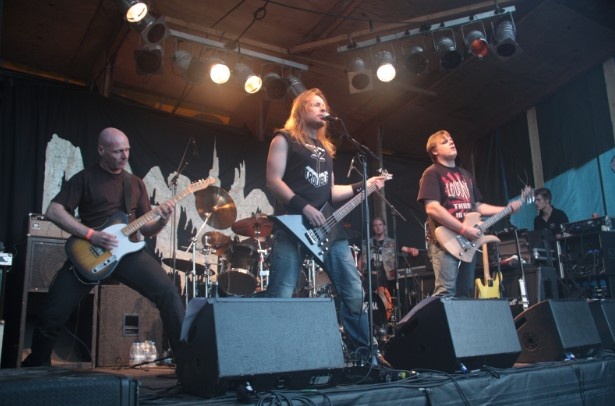
Their “I Need a Miracle” ticket-sharing ethos and vibrant parking-lot marketplaces created a unique community culture; even after Jerry Garcia’s death in 1995, they reunited for the 2015 Fare Thee Well shows. Few fan bases match the Deadheads’ nomadic loyalty and cultural impact.
2. Juggalos
Juggalos follow Insane Clown Posse, adopting the name after Violent J’s 1994 rally cry at a Detroit concert. They convene annually at “The Gathering of the Juggalos,” a multi-day festival attracting up to 20,000 per year (2000–2010).

Known for Faygo soda-bathing, clown makeup, and “whoop whoop” calls, Juggalos have built a subculture with its own slang, tattoos, and the inclusive “Juggalo Day” celebration.
3. Beliebers
Beliebers emerged around Justin Bieber’s 2008 YouTube breakout, initially labeled “Justineras” before “Beliebers” took hold by 2009. The fans were all over Twitter, using trending hashtags, and even Justin himself showed love to his beliebers from time to time. The fandom held a proper throne during his peak era and often engaged in fan wars between Beliebers and Directioners (I still remember being a Belieber and fighting on Twitter. Those were the days!)

Their rapid mobilization on Twitter and streaming platforms turn every new release into a social-media event, showcasing their enduring fandom power. especially evident during Justin Bieber’s tour announcements, where demand often crashes ticketing sites.
4. Little Monsters
Little Monsters adopted Lady Gaga’s “monster” theme during her 2009 Fame Monster era, with Gaga dubbing herself “Mother Monster”. Their dedicated site once hosted over one million users, enabling fan art, theory discussions, and meetups.
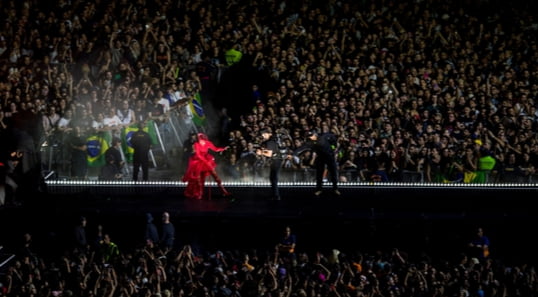
They champion Gaga’s avant-garde style, attend “Monster Ball” shows in elaborate cosplay, and engage in social justice campaigns, embodying artful devotion.
5. The KISS Army
Originating in 1975, when teens Bill Starkey and Jay Evans demanded their local Indiana station play KISS, the KISS Army became official in 1976. Their membership forms, styled like military recruitment posters, helped sell out a 10,000-seat arena in Terre Haute.
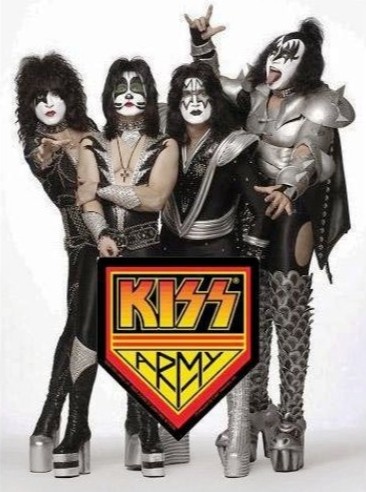
Over decades, they’ve maintained nearly 100,000 members at peak, funded charity drives, and inspired a 2025 Las Vegas residency in their honor, proof that rock’s first mega fandom still thrives.
6. Directioners
You might be pretty surprised to see Directioners on the list in 2025, right? Perhaps the fandom remains as strong as it was when the group was together. Following the unfortunate passing of Liam Payne, the fandom has reunited stronger than ever and continues to show its support for the boy band as a whole.
Directioners emerged from reality television to become one of the most powerful digital top fandoms of the 2010s. Named to symbolize moving in unison with the band, these predominantly young female fans mastered social media coordination, consistently breaking records for video views, album sales, and online engagement.
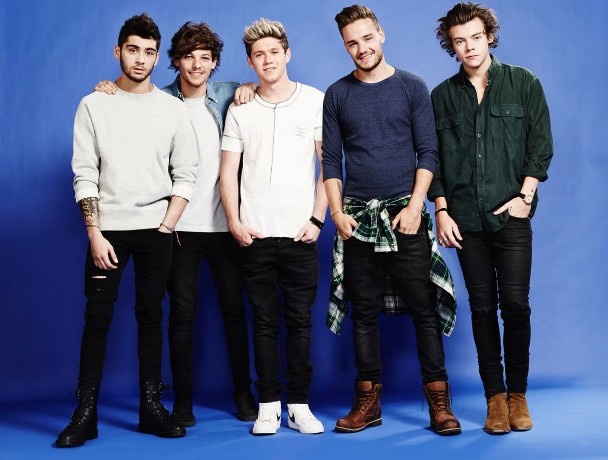
Their loyalty remained intact through Zayn Malik’s 2015 departure and the subsequent band hiatus, transitioning to support individual members’ solo careers while maintaining hope for an eventual reunion.
7. KatyCats
KatyCats have been singing along to Katy Perry songs since her early hits, like “I Kissed a Girl.” The name solidified during her Hello Katy Tour, inspired by Hello Kitty, and reflects her feline motifs. They drive viral trends on Twitter, create fan art, and attend colorful, cat-themed meetups.
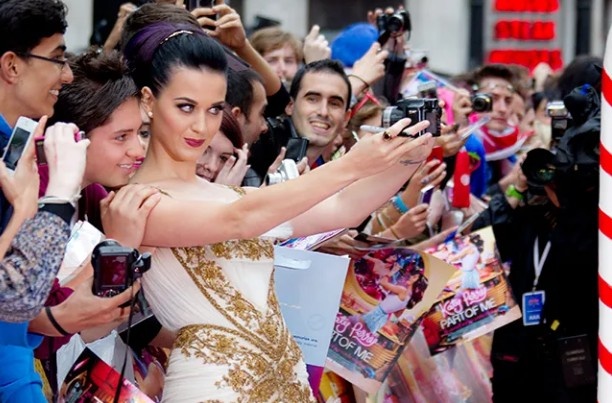
Perry’s nods, tweeting fan covers, and hosting secret shows have deepened this two-way bond, making KatyCats one of pop’s most visually creative and engaged communities.
8. Rihanna Navy
Rihanna’s Navy, named after the lyric “We’re an army, better yet a navy” on “G4L”, first gained traction in 2009 and was officially embraced in 2010. This global network of “sailors” rallies for every album, champions her business ventures (Fenty Beauty, Savage X Fenty), and congregates on social platforms under #NavyRDie.

Their loyalty fuels record-breaking single sales and charitable partnerships, cementing their status as one of music’s most dedicated fan armies.
Rihanna’s recent tour announcements show similar fan-driven momentum, with massive demand across continents take a look at her upcoming tour stops.
9. Beyhive
The Beyhive is Beyoncé’s official fan base, coined in 2011 after she renamed her site from “Beyontourage” to “Beyhive”. They coordinate streaming parties for every release, defend her online against critics, and even mobilize to boycott brands that slight her.
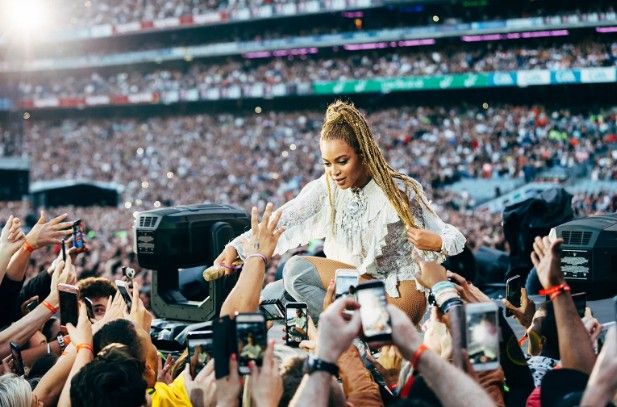
Known for perfect synchronization, both in streaming metrics and on-the-ground social squads, they helped Beyoncé break numerous tour gross and chart records, proving their collective power.
10. Blinks (BLACKPINK)
Blinks, the official fandom of BLACKPINK, has taken K-pop global with unmatched energy and digital strength. The group’s followers have driven YouTube records, filled global arenas, and helped BLACKPINK headline Coachella, making them the first K-pop girl group to do so.
Blinks organize massive streaming campaigns, trend hashtags worldwide, and consistently rally for awards, endorsements, and global tours. Their fierce devotion has elevated BLACKPINK into both a music and fashion powerhouse, with the fanbase playing a major role in that meteoric rise.
Conclusion: Potterheads Have the Biggest Fanbase In The World
Harry Potter has the largest fan base, with millions of fans worldwide. Followed by BTS ARMY’s 80M subscribers prove their reach, but Michael Jackson’s multigenerational legacy still crowns him as the artist with the biggest fan base of all time.
Communities like the Swifties, Beyhive, Potterheads, and Deadheads remain equally powerful, driving streams, sales, and social movements. These top 20 most popular fandoms have built identities around artists and franchises, transforming entertainment into a shared cultural mission.
As digital influence grows, these communities will continue to shape how we consume media and support creators. Their loyalty, creativity, and activism will continue to evolve the fan world.
FAQs
Size, engagement levels, economic impact, longevity, and cultural influence all factor into measuring fanbase significance beyond raw numbers.
Social platforms enable global coordination, instant communication, and unprecedented mobilization, transforming passive audiences into active community participants.
Many modern artists strategically develop fandom names, symbols, and interaction models to strengthen community bonds and brand loyalty.
Toxic fandom behaviors include harassment, excessive defensiveness, and unhealthy parasocial relationships requiring responsible community management.
While youth often provides enthusiasm and time for participation, enduring fandoms span generations with varied engagement levels throughout life stages.
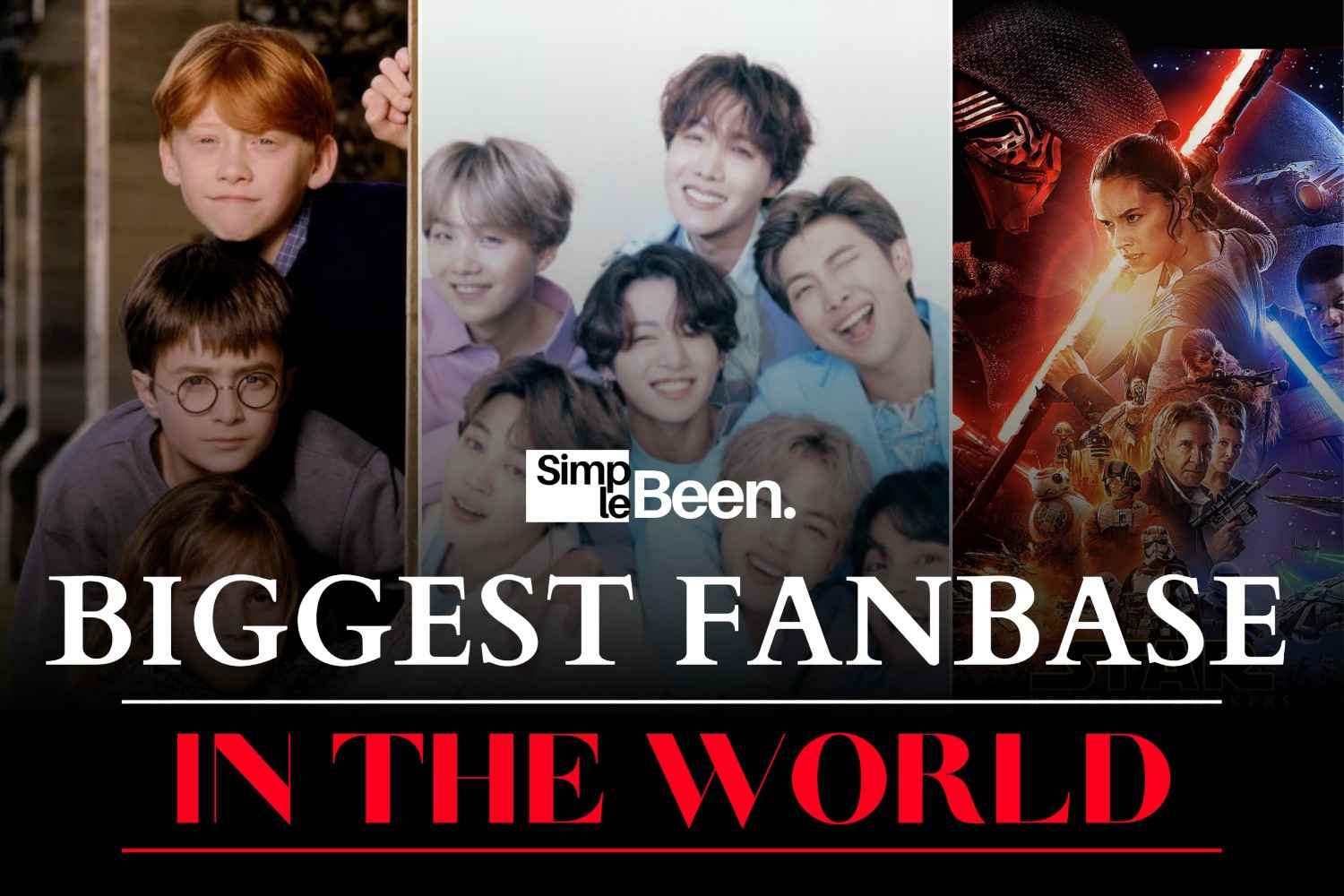
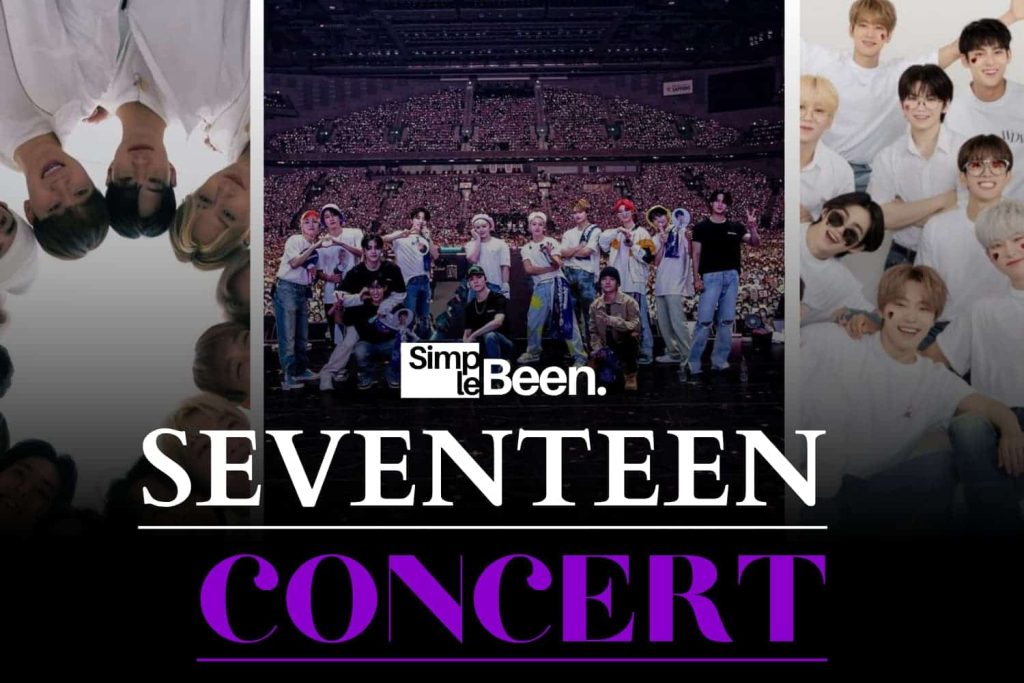
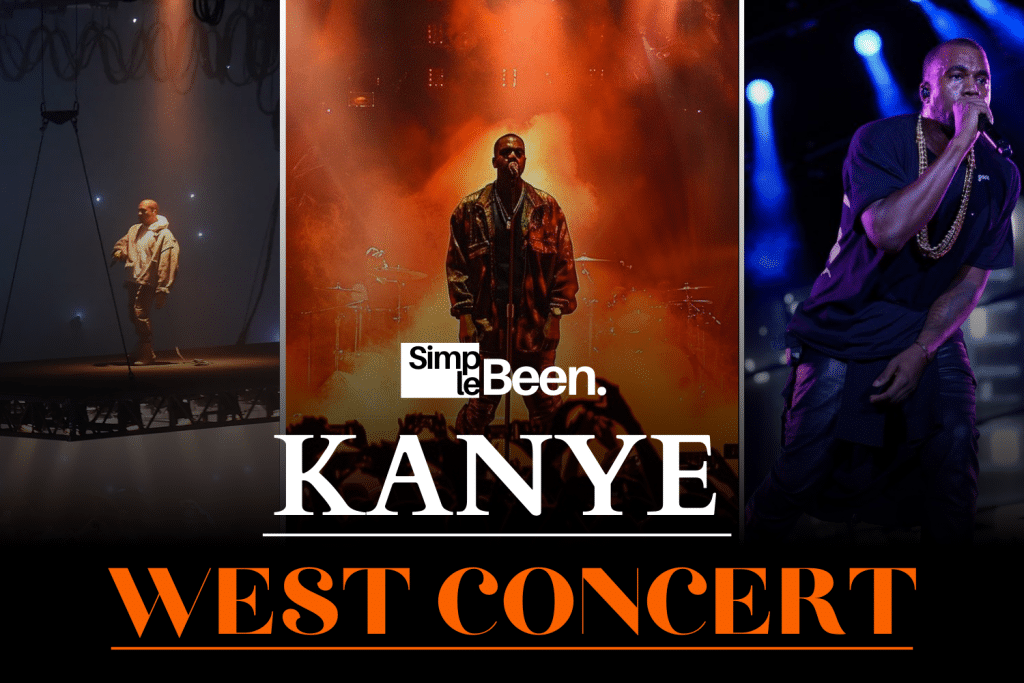
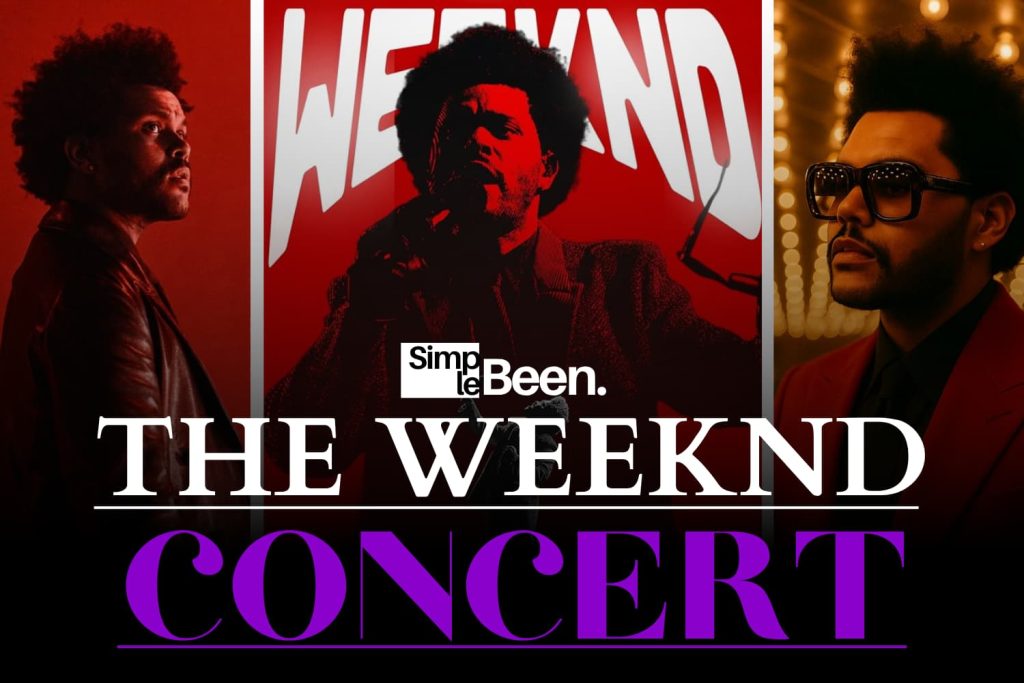



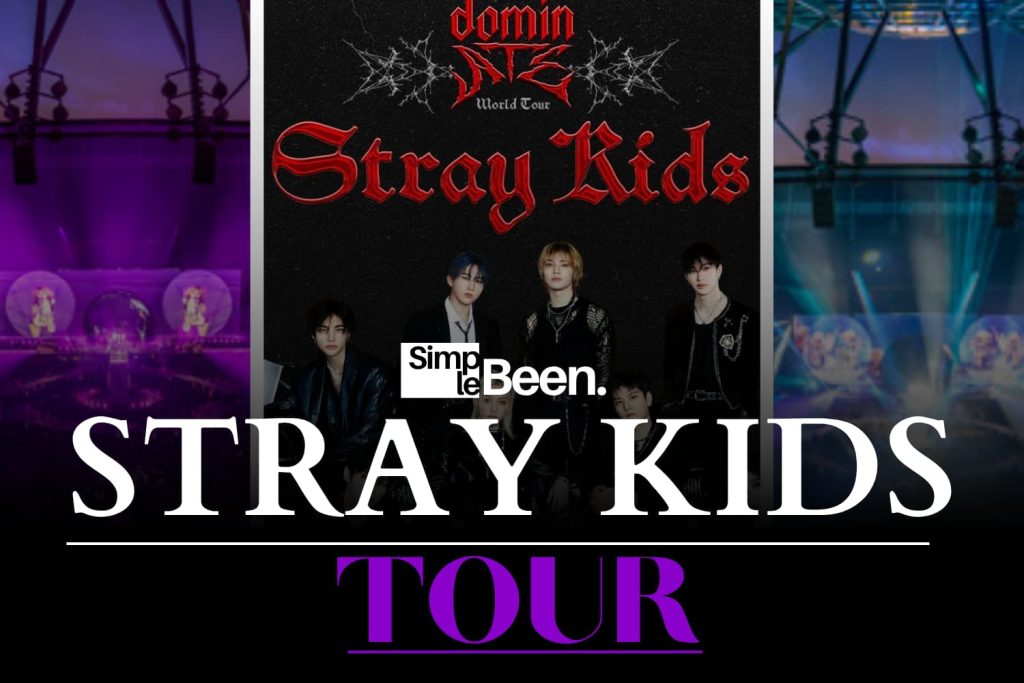


Leave a Comment